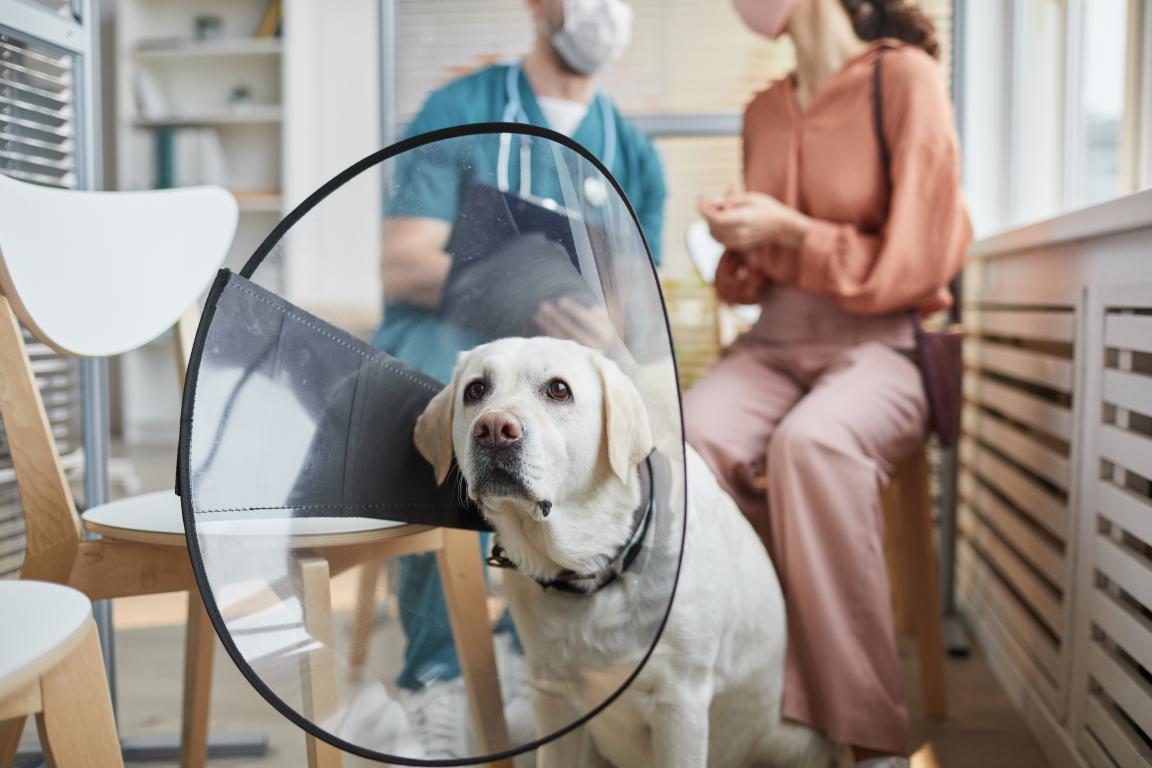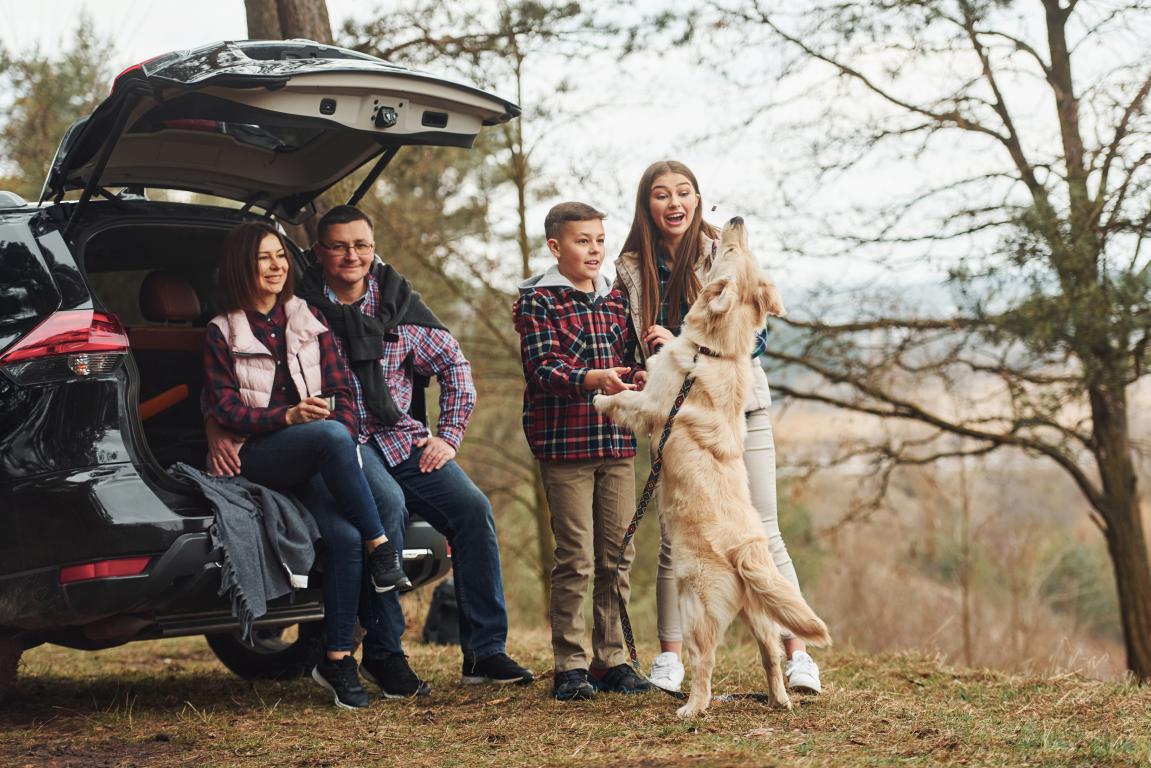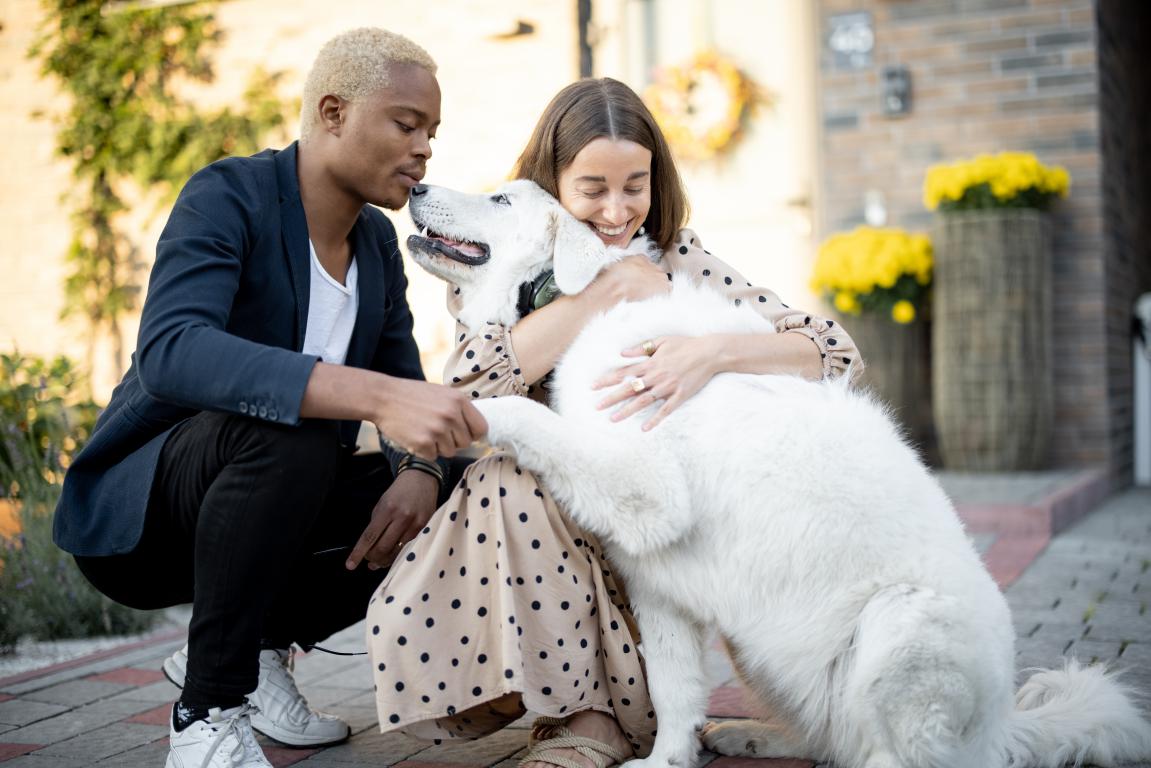Bio-degradable cards
Every card imaginable!
|
Bio-degradable cards Every card imaginable! Pet Insurance: A UK Dog Owner's GuideBringing a dog into your life is one of the most rewarding things you can do. They’re not just pets; they’re family. They’re the wagging tail at the door, the furry head on your lap, and the reason for that muddy walk you secretly enjoyed. And with that huge amount of love comes a great sense of responsibility. We know you want to give them the very best, but thinking about what might happen if they get sick or injured can be worrying. Vet bills can be frighteningly expensive, and the last thing anyone wants is to have to make a difficult decision about their dog’s care because of cost. That's where pet insurance comes in, but it can feel like a world of confusing jargon, complicated policies, and hidden small print. This guide is here to change that. We're going to walk you through everything, step by step, in simple, clear terms. Our goal is to help you feel confident and informed, so you can choose the right path for you and your best friend. In This Guide
Understanding Third-Party Liability Cover for DogsWhen you think about dog insurance, your first thought is probably about covering vet bills for your own dog. That’s a huge part of it, of course, but there's another crucial element that's easy to overlook: third-party liability. It might sound like dry legal jargon, but understanding it is one of the most responsible things you can do as a dog owner. So, what is it? In simple terms, third-party liability cover protects you financially if your dog injures another person or damages their property, and you are held legally responsible. The 'third party' is the other person involved; you and your insurer are the first and second parties. It covers the compensation costs and legal fees that could arise from an incident. Think about everyday situations that could happen in a split second. Your usually calm dog gets a fright in the park and nips someone who tries to pat them. Your friendly, bouncy Labrador jumps up to greet an elderly person, causing them to lose their balance and fall. Or your dog escapes from your garden and runs into the road, causing a cyclist to swerve and crash. These are not situations caused by 'bad dogs'; they are accidents that can happen to even the most well-behaved pet. Without liability cover, the financial consequences could be devastating. Compensation claims for personal injury can run into thousands, or even tens of thousands, of pounds. If your dog were to cause a serious road accident, the costs could be astronomical. This part of your insurance isn't just about money; it's about peace of mind. It’s a safety net that protects your family and your home from a worst-case scenario. Most comprehensive dog insurance policies in the UK include third-party liability cover as standard, often with a limit of £1 million or more. However, it's vital that you check the policy details. Cheaper, more basic policies, like accident-only plans, might not include it at all. It's also important to know what isn't covered. Liability insurance typically excludes incidents involving your own family members or damage to your own property. If your dog chews up your own sofa, that’s unfortunately not covered. It also won't cover any dog that has a history of aggression or any breeds that are listed under the Dangerous Dogs Act. If you take your dog to work with you, any incidents that happen there are also usually excluded. For dog owners, having this cover is arguably as important as insuring your car. It protects you from the unpredictable nature of life and ensures that a single unfortunate accident doesn't lead to financial ruin. When you're comparing policies, always check that third-party liability is included and that the level of cover is one you're comfortable with. 
How Your Dog's Breed Affects Insurance CostsOne of the first questions an insurance provider will ask you is, "What breed is your dog?" It might seem personal, but to an insurer, your dog's breed is one of the biggest factors in calculating your premium. This isn’t a judgement on your individual dog’s personality or health; it’s based on decades of data and statistics about different breeds as a whole. Let’s break down why your dog’s family tree plays such a big role. The primary reason is the risk of hereditary and congenital conditions. These are health problems that are passed down through generations or are more common in certain breeds due to their genetics and physical structure. For example, large breeds like German Shepherds and Labradors are known to be prone to hip and elbow dysplasia, which can require expensive surgery and long-term management. Flat-faced (brachycephalic) breeds like French Bulldogs, Pugs, and English Bulldogs are at a much higher risk of developing Brachycephalic Obstructive Airway Syndrome (BOAS), a serious breathing condition that can require surgery costing thousands of pounds. Similarly, Cavalier King Charles Spaniels are susceptible to a heart condition called Mitral Valve Disease, and Dachshunds are known for their predisposition to Intervertebral Disc Disease (IVDD), a spinal problem that can lead to paralysis. Insurers know the likelihood of these conditions and price their policies accordingly. A breed with a long list of potential health issues will almost always cost more to insure than a breed known for its robust health. The size of your dog also matters. Generally, larger dogs cost more to treat than smaller ones. The dosage for medication, the amount of anaesthetic needed for surgery, and even the time it takes to perform a procedure are all greater for a giant breed like a Great Dane than for a tiny Chihuahua. This means the potential cost of any claim is higher. What about crossbreeds and mongrels? It was once thought that mixed-breed dogs were healthier due to 'hybrid vigour'. While there's some truth to this, it's not always the case, especially with popular 'designer' crossbreeds. A Cockapoo, for example, can inherit the potential for hip dysplasia from its Poodle parent and the ear and eye problems common in Cocker Spaniels. Insurers are now very familiar with these popular crosses and will price the risk based on the parent breeds. A true mongrel with a completely unknown heritage can sometimes be cheaper to insure, as they have a more diverse gene pool, but this isn't a guarantee. Ultimately, when an insurer calculates your premium, they are placing your dog into a 'risk pool' with all other dogs of that same breed. The cost reflects the combined health risks of that entire group. It's a game of averages, and it explains why your lovely, healthy Bulldog's insurance costs more than your neighbour's Jack Russell Terrier's, even if your dog has never had a sick day in its life. To learn more about this, the read our indepth guide: How Your Dog's Breed Affects Insurance 
Choosing the Right Type of Dog Insurance PolicyWhen you start looking for dog insurance, you’ll quickly realise there isn't just one type. There are four main categories of policy, and the differences between them are significant. The most expensive, comprehensive policy isn't necessarily the best one for everyone, and the cheapest one might not give you the cover you actually need. Understanding these four types is the key to making a choice you feel good about. Let’s go through them one by one. 1. Accident-OnlyThis is the most basic and usually the cheapest type of dog insurance. As the name suggests, it only covers vet fees for injuries your dog sustains in an accident. This could be anything from a broken bone after a fall, to cuts and wounds from a fight, or treatment after swallowing something they shouldn't have. What it won't cover is any kind of illness. If your dog develops an ear infection, a skin allergy, arthritis, or a more serious disease like cancer or diabetes, an accident-only policy will not pay out. This type of policy is a minimal safety net. It’s for owners on a very tight budget who feel that some protection is better than none. It can help with the shock of a large, unexpected bill from a traumatic injury, but it leaves you exposed to the cost of treating illnesses, which are a far more common reason for a trip to the vet. 2. Time-LimitedA time-limited policy is a step up from accident-only. It covers both accidents and illnesses, but with two important caps for each condition: a time limit and a financial limit. Typically, the time limit is 12 months, starting from the date the vet first diagnoses the condition. The financial limit is a set amount, for example, £2,000. Your policy will pay for the treatment of that condition until you either hit the 12-month mark or you reach the £2,000 cap, whichever comes first. Once either of those limits is reached, the condition is permanently excluded from your policy. It will be classed as a pre-existing condition, and you will have to pay for any further treatment yourself, even after you renew your policy. These policies are more affordable than the more comprehensive options and can work well for short-term illnesses or injuries that are likely to resolve within a year. However, they are not designed for chronic, long-term conditions like arthritis, allergies, or diabetes, which require management for the rest of your dog's life. 3. Maximum Benefit (or Per Condition)A maximum benefit policy also covers both accidents and illnesses. Like a time-limited policy, it has a set financial limit for each condition, for example, £4,000. The crucial difference is that there is no time limit. You can continue to claim for treatment for a specific condition year after year, as long as you renew your policy. However, once you have claimed up to the financial limit for that condition, the cover for it stops forever. Let's say your dog develops a long-term skin allergy. Your maximum benefit policy has a £4,000 limit per condition. You might spend £800 in the first year, £1,000 in the second, and so on. You can keep claiming until the total reaches £4,000. After that, the skin allergy is no longer covered. This type of policy offers a good middle ground. It provides more security for long-term conditions than a time-limited policy but can still leave you with a shortfall if your dog develops a very expensive or lifelong condition that exceeds the maximum benefit. 4. LifetimeThis is the most comprehensive and, therefore, the most expensive type of dog insurance. A lifetime policy provides a set amount of cover for vet fees that renews each year. There are two main kinds. Some policies have a limit per condition each year, while the most common type has one overall annual limit for all conditions. For example, you might have a policy with a £7,000 annual limit. This means your insurer will pay out a total of up to £7,000 for any and all conditions in that policy year. When you renew the policy, the full £7,000 pot of money becomes available again for the next year. This means you can continue to claim for the same chronic conditions, like arthritis or heart disease, year after year. As long as you keep renewing your policy with the same provider, there's no limit to how many times you can claim for an ongoing illness. A lifetime policy offers the greatest peace of mind, especially if you have a breed prone to long-term health issues or simply want to know you're covered for whatever life throws at you. 
What's Covered by Dog Insurance and What Isn't?One of the biggest sources of confusion and frustration with pet insurance comes from not being clear on what is and isn't included in your policy. Reading the small print is essential, but most policies follow a similar pattern. Understanding the common inclusions and exclusions will help you set realistic expectations. What's Usually Covered by Dog Insurance?Depending on the type of policy you choose, here are the things you can typically expect to be covered:
What's Usually Not Covered?These are known as exclusions, and it's vital you know what they are before you buy a policy.

Understanding the Costs: Premiums, Excess, and Annual IncreasesWhen you buy pet insurance, you're not just looking at one single cost. There are three key financial elements you need to understand to manage your budget and avoid any surprises: the premium, the excess, and the inevitable annual price increases. Your PremiumThe premium is the most straightforward cost. It’s the fixed amount you pay for your insurance, either monthly or annually. Paying annually is often slightly cheaper if you can afford the lump sum. This price is calculated based on a number of risk factors. The most significant are your dog's breed and their age, as older dogs are more likely to need vet treatment. Your postcode also plays a part, as vet fees vary significantly across the country, with costs in London and the South East being much higher than in other regions. Finally, the type and level of cover you choose will have a big impact. A lifetime policy with a £10,000 annual limit will cost much more than an accident-only policy. The ExcessThe excess is the amount of money you have to contribute towards a claim before the insurance company will pay out. It’s your share of the cost. For example, if your excess is £100 and you make a claim for a £500 vet bill, you will pay the first £100, and your insurer will pay the remaining £400. There are two main types of excess, and it's common for policies to use a combination of both, especially for older pets.
Let’s look at an example. Imagine your vet bill is £1,000. Your policy has a £100 fixed excess and a 10% co-payment. First, you pay the £100 fixed excess, leaving £900. Then, you pay 10% of that remaining £900, which is £90. Your total contribution would be £190 (£100 + £90). The insurer would pay the final £810. Choosing a higher voluntary excess can sometimes lower your monthly premium, but you must be sure you can comfortably afford to pay that amount if you need to make a claim. Annual IncreasesThis is the part that catches many pet owners by surprise. You should expect your pet insurance premium to increase every year when you renew, and it's important to understand why. Firstly, your dog is another year older, which automatically increases their risk of developing health problems. Secondly, if you have made a claim in the previous year, your premium is likely to rise to reflect that. But the biggest factor affecting everyone is the rising cost of veterinary care itself. Vets can now perform incredible procedures, from advanced cancer treatments to MRI scans and complex joint replacements. This amazing progress comes at a high cost, and those costs are passed on to insurers, who in turn have to increase premiums for all their customers to cover the rising average cost of claims. It’s a frustrating reality, but being prepared for these annual increases is a key part of responsible long-term pet ownership. The increases often become steeper once a dog reaches their senior years, typically from around age eight onwards. 
Keeping Your Dog's Details Handy in an EmergencyWe've covered a lot of information, and it's clear that pet insurance, while incredibly valuable, has a lot of moving parts. There are policy numbers, insurer helplines, excess amounts, and cover limits to remember. Now, imagine a real emergency. You’re in a panic, your dog is hurt or unwell, and your mind goes blank. The last thing you want to be doing in that stressful moment is frantically searching through emails or piles of paperwork for a policy number, or trying to remember your vet’s out-of-hours contact details. In a crisis, having all of your dog's most important information in one, easy-to-reach place isn't just a convenience; it's a lifeline. Think about what you'd need instantly: your vet's phone number, your insurance provider's 24-hour claim line, your unique policy number, and your dog's microchip number. Having this information consolidated and ready to go can save precious time and reduce a huge amount of stress when you're already worried sick about your best friend. It allows you to focus on what truly matters: getting them the care they need, fast. If you're looking for a simple way to keep all your dog's essential information, including their insurance details, safe and accessible, take a look at our Dog ID Cards. They are designed by pet owners, for pet owners, to provide peace of mind in those moments you need it most.
© 2024 The Card Project Uk Ltd
VAT: 453 2087 06
|